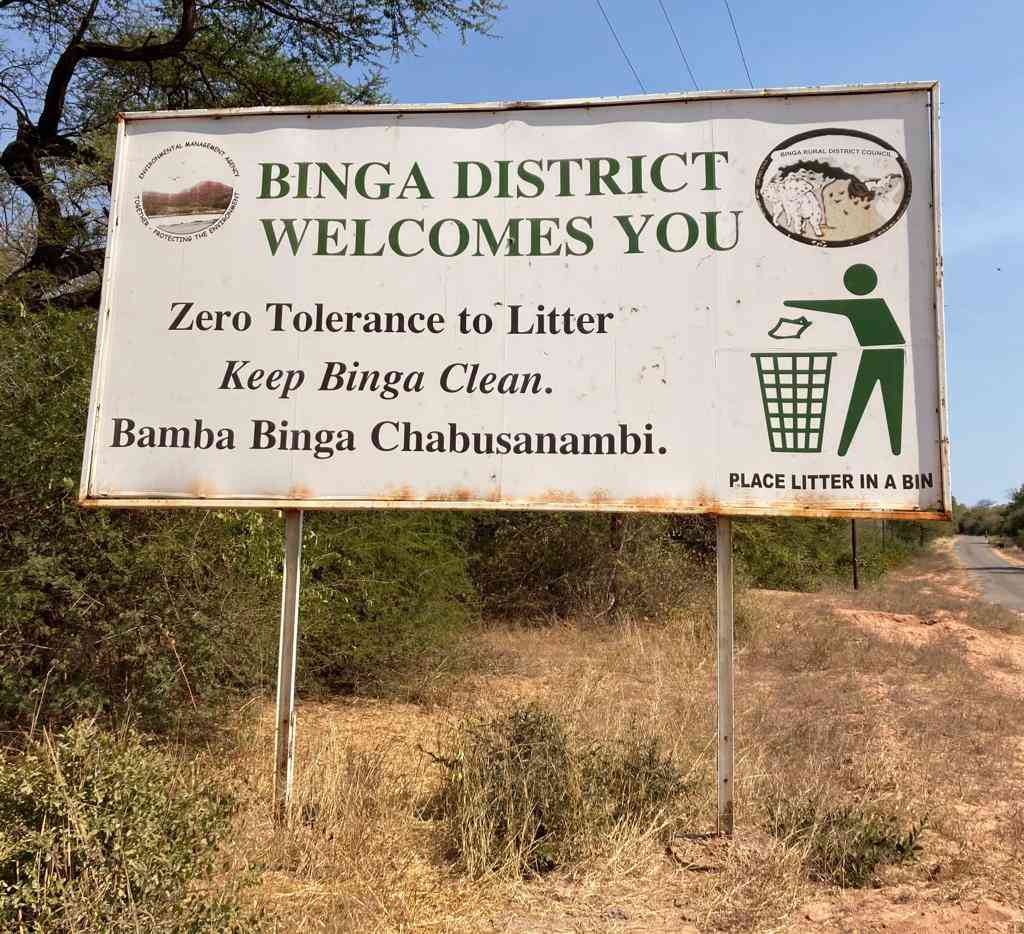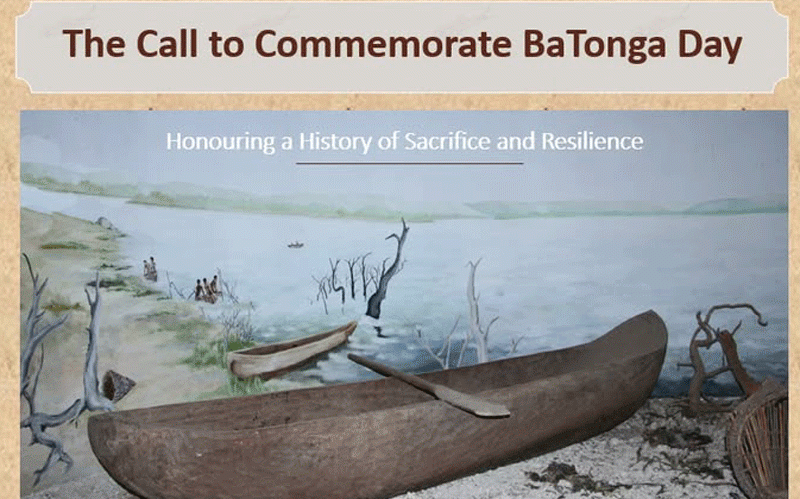
Chief Sinakoma of Binga has appealed to the government to urgently address the poor state of infrastructure and service delivery in the district, citing the lack of schools, roads and network connectivity that continue to marginalise communities.
The traditional leader expressed concern that school children in his ward are forced to walk more than 16 kilometres to the nearest secondary school, a burden he described as both unfair and dangerous.
“I am appealing for a secondary school to be built for these children, especially between Shininga and Nsungwale area,” he said in an interview.
Binga, one of the most remote districts in Zimbabwe, has for years been characterised by underdevelopment, with poor road networks, few schools, and lack of basic communication services.
Despite government pledges of inclusivity and development, residents say the area continues to lag behind.
Chief Sinakoma said the absence of network connectivity has left communities cut off from the rest of the country, making it difficult for families to communicate or receive critical information during emergencies.
“We don’t have the internet or any means of communication,” he said.
“It is so difficult. We struggle a lot to communicate especially when things like floods hit us, we can’t pass the message or reach out.
- Secure your business premises: Police
- New law answers exhumations and reburials question in Zim
- AAT adds Vic Falls Spa in post-pandemic strategy
- DT Bio Mudimba: A sungura perfectionist
Keep Reading
“When one needs to communicate with someone, they have to walk a distance and climb a mountain to get a network.”
Road infrastructure in the ward is also in a dire state, further isolating residents.
“We also appeal for better roads here because some vehicles struggle to get to our area,” the chiefsaid.
Binga’s challenges are not new.
Over the years, local leaders, civil society and residents have repeatedly called for deliberate government investment in the district, which remains one of the least developed despite its vast natural resources and tourism potential.









